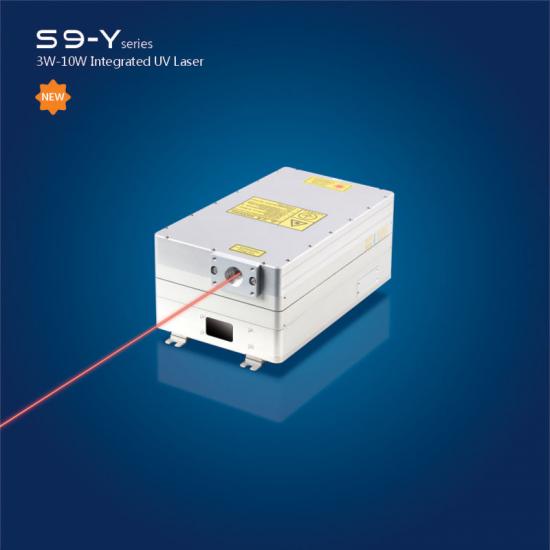Latest Blog
Application of 355nm UV nanosecond laser in tableware marking
Jul 20 , 2022Application of 355nm UV nanosecond laser in tableware marking
Nowadays, people's living standards have been greatly improved. In addition to the pursuit of clothing, food is also indispensable in daily life, and each food is on the table, and it is inseparable from the tableware. A unique set of tableware not only elevates the food, but also reflects the user's aesthetics and taste.
Laser marking is an important driving force for the evolution of tableware. With laser marking, the effect is delicate, the lines are flexible, and the pictures and texts are varied, which gives the tableware more meanings and makes each meal full of a sense of ritual.
The material of tableware is also changeable, it can be precious metal, it can be ceramic, or stainless steel, it can also be wood, glass, not to mention the shape, round, square and various irregular styles.

uv laser | green laser | Ultraviolet lasers | uv dpss laser | nanosecond laser | UV laser source | Solid State Lasers
In the past, it was not easy to mark on so many different tableware. The content of marking includes but not limited to commodity code, text and bar code. Before the popularization of laser marking, ink coding or sticking was usually used. In the form of glue, these traditional marking methods have a common disadvantage, that is, the marking is easy to be consumed over time, become blurred, or easy to fall off, which is very unfavorable for product identification and traceability.
The use of laser marking is completely to solve these problems. Laser marking is permanent, and the marking will not be blurred due to changes in the environment and time. In addition, laser marking also has the advantages of being visible to the naked eye. One is the efficient marking efficiency it brings. The speed of light can run 3*108 meters per second, so laser marking is often a momentary thing; the second is laser marking. The marking is highly flexible, flat or special-shaped tableware can be marked with a unified visual experience, and it will not be high or low, deep or shallow; the third is that laser marking only removes the shallow surface of the tableware. layer, when you touch the marker, you don't even feel the presence of the marker at all, there is no sense of characterization.
The RFH 355nm UV nanosecond laser takes laser marking to the next level. The single-photon energy of 355nm ultraviolet light is high, and with the pulse width of about 20ns, the mechanical deformation of the material can be greatly reduced during marking, and the thermal influence of processing is small. In addition, most materials have a very high absorption rate of ultraviolet light. When marking tableware made of glass, ceramics and other materials, there is no need to worry about the tableware being scrapped due to cracks. When a small light spot with a diameter of about 10 microns passes over the surface of the tableware, you can imagine the delicacy of the marking, as well as the high resolution, low-key but pragmatic, seemingly ordinary, but extraordinary, the overall texture spontaneously emerges, making people feel Find beauty in the little things.